Tabular NoSQL data stores
Introduction to NoSQL

Jake Roach
Data Engineer
Tabular data stores
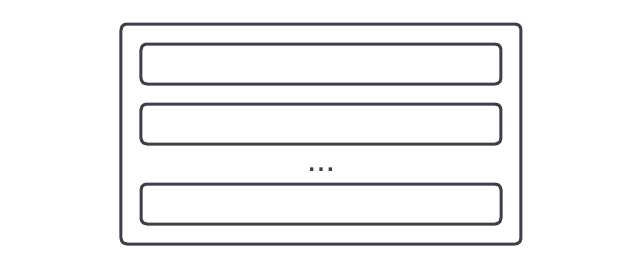
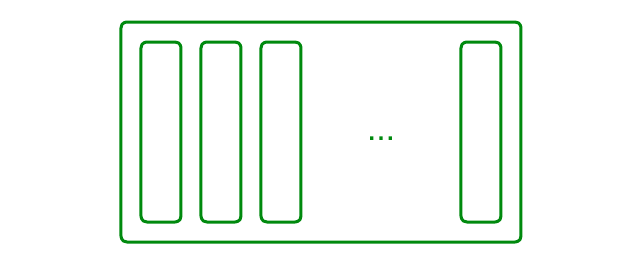
Column-oriented databases:
- Store data in columns, rather than rows
- Allow for selective column read and retrieval
- Easier schema changes
- Better data compression, query performance
Querying a column-oriented database
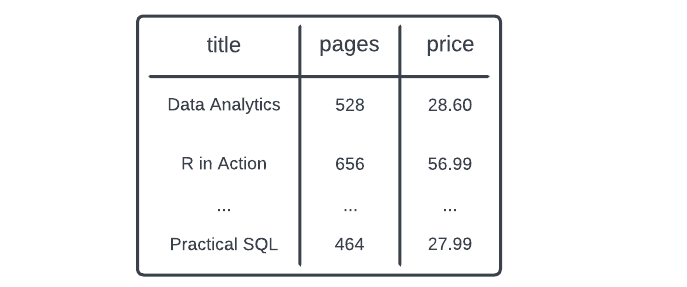
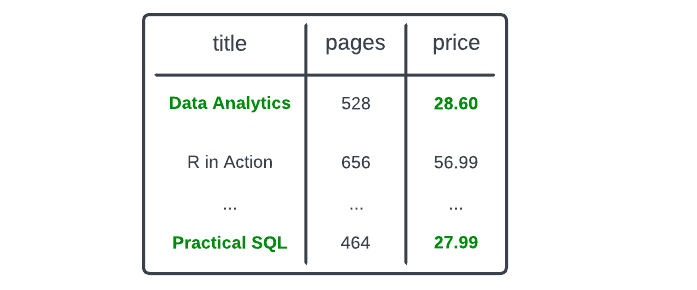
SELECT
title,
price
FROM books
WHERE price < 50.00;
$$
- SQL-like syntax
- Column-elimination and selective reads/retrieval
- Automatic data clustering
Query execution in column-oriented data stores
SELECT
title,
price
FROM books
WHERE price < 50.00;
This query executes by:
- Accessing
pricecolumn, identify records withprice < 50.00 - Retrieving corresponding values from
titlecolumn
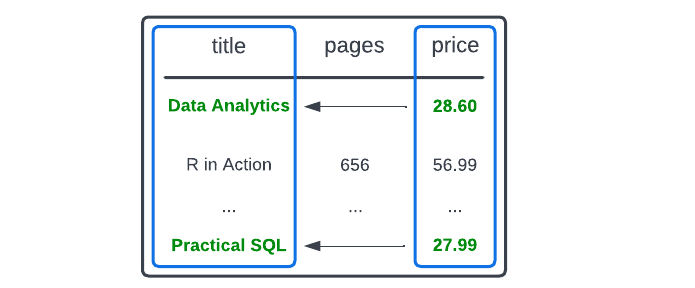
Later, we'll look at:
- Optimizing data loads and deletes
- Creating performant
JOINs - Working with semi-structure data
Connecting to a Snowflake database
import snowflake.connector
conn = snowflake.connector.connect(
user="<user>",
password="<password>",
account="<account_identifier>",
database="<database_name>",
schema="<schema_name>",
warehouse="<warehouse_name>"
)
- The
connvariable will be created for you, pre-exercise
Writing and executing Snowflake queries
# Build a query in a string (or multi-line string)
query = """
SELECT
title,
price
FROM books
WHERE price < 50.00;
"""
# Execute the query, print the results
results = conn.cursor().execute(query).fetch_pandas_all()
print(results)
Let's practice!
Introduction to NoSQL

